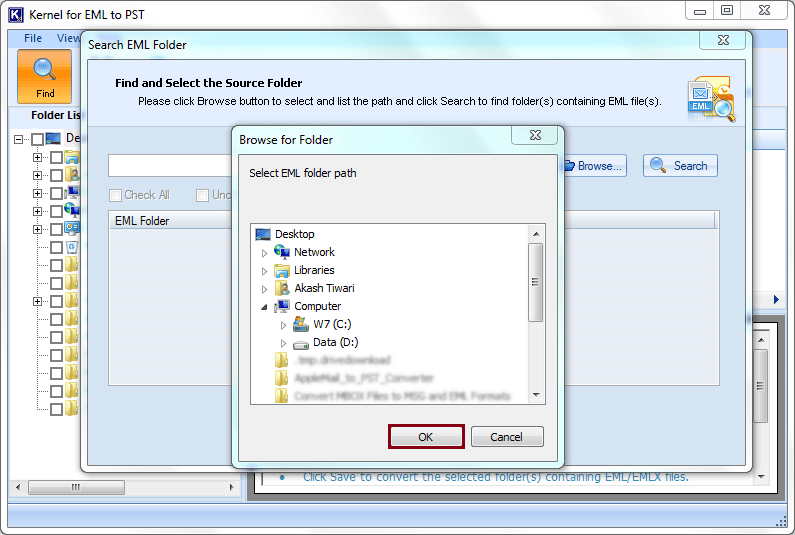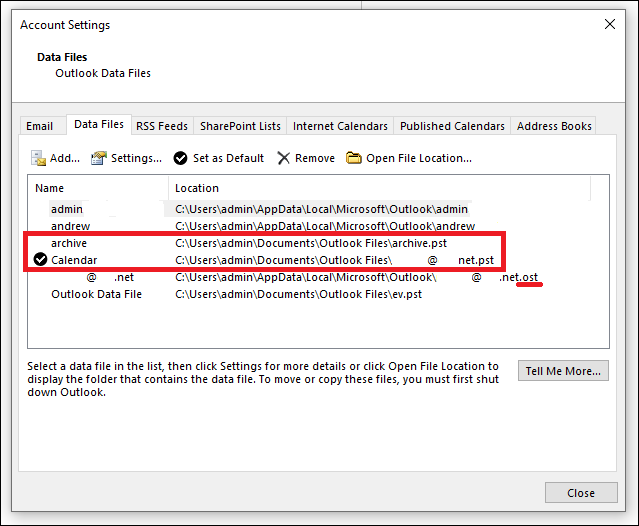


Below you have a collection of methods that will help you move the OST file. However, there are workarounds to move your OST file, but you’ll need to do some tweaking. This happens because the classic offline mode in Outlook 2013 and later has been deprecated. If you already tried to change the location of your OST file in Outlook 2013 or Outlook 2016, you noticed that the Browse button in Outlook Data File Settings is disabled.

The OST file will hold the data before passing it along to the Exchange server when the connection is available.īut the problem is, the procedure of moving Outlook offline data files is not as easy as advertised. The OST file proves most useful when users have to work in Outlook without the means of connecting to the Exchange server. The OST File is basically a folder that Microsoft Outlook uses to hold offline copies of various mailbox items found on the Exchange server. In this case, it makes sense to try and move it to another drive where you have more space. But what if you’re working with limited storage in your C drive the OST file is huge. There aren’t a lot of scenarios where you’ll need to move your Outlook Offline Data File (OST).


 0 kommentar(er)
0 kommentar(er)
